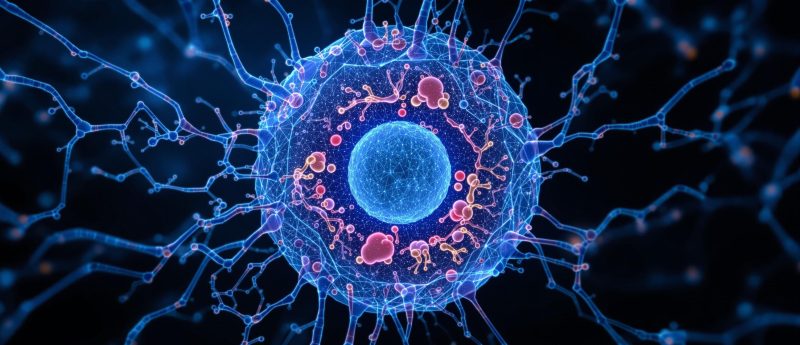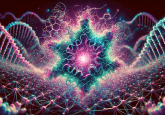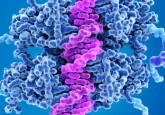The Race to the First Virtual Cell

Scientists have long understood the basic parts of the human cell. The nucleus was discovered in 1833; the maze-like Golgi apparatus in 1898. But knowing a cell’s parts and functions only takes us so far. For more than a century, scientists have been engaged in a much more difficult journey of discovery—figuring out how cells interact with one another across tissues and organs, how they behave, and why they behave a certain way in response to diseases and drugs. Each cell is its own complex world, interacting with other cellular worlds. For instance, we know that metabolism —a dense network...



